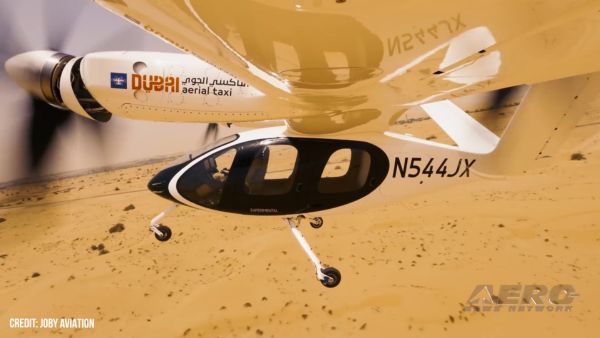Allows Analysis Of Samples On ISS Rather Than Returning Them To
Earth
 NASA began testing a new multi-capability microscope this week
on the International Space Station. It will help scientists study
the effects of the space environment on physics and biology aboard
the orbiting laboratory. The microscope is isolated from vibrations
on the station, allowing it to obtain clear, high-resolution
images. Using high-resolution magnification, scientists can examine
microorganisms and individual cells of plants and animals,
including humans.
NASA began testing a new multi-capability microscope this week
on the International Space Station. It will help scientists study
the effects of the space environment on physics and biology aboard
the orbiting laboratory. The microscope is isolated from vibrations
on the station, allowing it to obtain clear, high-resolution
images. Using high-resolution magnification, scientists can examine
microorganisms and individual cells of plants and animals,
including humans.
The microscope will allow real-time study of the effects of the
space environment without the need to return samples to Earth. Any
living specimens returned to Earth must endure the effects of
re-entry through the atmosphere. The ability to use the Light
Microscopy Module (LMM) on station will enable scientists to study
data unaffected by re-entry.
"We really need to maximize life science investigations
conducted on the International Space Station," said Jacob Cohen,
principal investigator of the technology demonstration and a
researcher at NASA's Ames Research Center, Moffett Field, CA. "It's
really amazing to be able to remotely manage, optimize and
troubleshoot experiments observed with a microscope in space
without the need to return the samples back to Earth. This
microscope is helping fulfill the vision of a true laboratory in
space."
The biological samples for the LMM launched on space shuttle
Discovery's STS-133 mission on Feb. 24. They include eight fixed
slides containing yeast; bacteria; a leaf; a fly; a butterfly wing;
tissue sections and blood; six containers of live C. elegans worms,
an organism biologists commonly study; a typed letter "r" and a
piece of fluorescent plastic. The wing is from a previous study,
Butterflies in Space, involving students from around the country,
and flown on STS-129 in 2009. Some of the worms are descendants of
those that survived the space shuttle Columbia (STS-107) accident;
and others are modified to fluoresce. Scientists commonly attach
green, yellow and red florescent proteins to study gene
expression.
"Operating the LMM on the space station has been a goal of
NASA's Life and Physical Sciences Program for many years," said Ron
Sicker, LMM project manager at NASA's Glenn Research Center in
Cleveland. "Scientists and engineers at Glenn modified the
commercial microscope in the LMM with 23 micro motors and cameras
to allow remote control operations."

Cohen and Sicker expect the LMM to perform the same as a
microscope on Earth. In the future, the microscope could be used to
assist in maintenance of station crew health, advance our knowledge
of the effects of space on biology and contribute to the
development of applications for space exploration and on Earth.
This technology demonstration was developed by Ames and Glenn,
which developed and manages the LMM. The Advanced Capabilities
Division in the Exploration Systems Mission Directorate at NASA
Headquarters in Washington, funds the project.
"This is a facility to support research in both physical and
life sciences by NASA-funded and National Laboratory users," said
Julie Robinson, International Space Station Program scientist at
NASA's Johnson Space Center in Houston. "It gives us a capability
not available before that allows more types of research to be
done."
 NTSB Final Report: Aviat A1
NTSB Final Report: Aviat A1 ANN's Daily Aero-Linx (07.08.25)
ANN's Daily Aero-Linx (07.08.25) Classic Aero-TV: Fly Corvairs Reliable Engine Alternative
Classic Aero-TV: Fly Corvairs Reliable Engine Alternative ANN FAQ: Contributing To Aero-TV
ANN FAQ: Contributing To Aero-TV Classic Aero-TV: CiES Fuel-Quantity and e-Throttle Systems Praised
Classic Aero-TV: CiES Fuel-Quantity and e-Throttle Systems Praised




